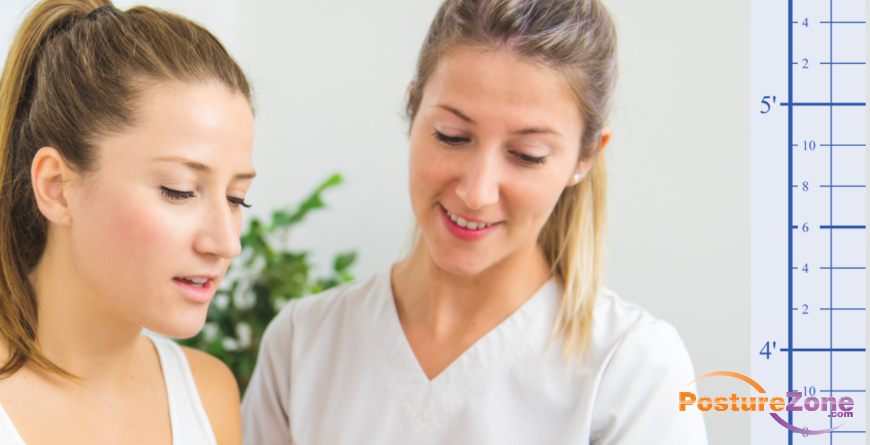Posture and Oral Health: Dentists Introduce Posture Assessments for Comprehensive Care
Posted by Renee North, CPEP on 23rd May 2023
Maintaining good oral health goes beyond brushing and flossing; it extends to various aspects of our overall well-being. One such aspect that has gained attention in recent years is the relationship between posture and oral health. Dental professionals have recognized the significance of posture in oral health and have started incorporating posture assessments into their routine care. With the help of a posture grid, commonly referred to as a dental posture chart, dentists can now provide a more comprehensive approach to patient care, focusing not only on the mouth but also on the entire musculoskeletal system.
Multiple studies have shown the impact posture has on dental issues, in fact dentistry posture research extends into the impact the ergonomics of dentistry has on the doctors and technicians as well.

Understanding the Link between Posture and Oral Health
Posture refers to the alignment and positioning of the body when sitting, standing, or lying down. Poor posture, often resulting from factors such as sedentary lifestyles, improper ergonomics, and muscular imbalances, can lead to various health issues, including those related to oral health. Improper alignment of the spine and head can affect the position of the jaw, leading to conditions such as temporomandibular joint disorder (TMJD), chronic headaches, and even tooth misalignment. Additionally, poor posture can contribute to orofacial muscle tension, impacting chewing, swallowing, and speech patterns.
Dentists Embrace Posture Assessments
Recognizing the significance of posture in oral health, many dentists have begun incorporating posture assessments into their patient evaluations. By utilizing a posture grid or posture chart for dentists, doctors can visually analyze their patients' posture and identify any potential issues. These assessments involve examining the alignment of the head, neck, spine, and shoulders to identify deviations from the ideal posture. Dentists may perform the assessment through a combination of observation, physical examination, and patient history.

Benefits of Posture Assessments in Dentistry
- Holistic Approach: By integrating posture assessments into their practice, dentists can provide a more comprehensive approach to patient care. They can address not only the immediate oral health concerns but also potential underlying issues caused by poor posture.
- Early Detection of Oral Health Problems: Posture assessments allow dentists to identify any connections between a patient's posture and their oral health. By recognizing potential problems early on, dentists can intervene before they worsen, improving treatment outcomes and patient satisfaction.
- Personalized Treatment Plans: Posture assessments help dentists tailor treatment plans to address both the oral health issues and posture-related concerns. By incorporating exercises, ergonomics recommendations, and referrals to other healthcare professionals, dentists can enhance overall patient well-being.
- Collaboration with Other Healthcare Providers: Dentists performing posture assessments can collaborate with other healthcare providers, such as chiropractors, physical therapists, or orthopedic specialists, to ensure a multidisciplinary approach to patient care. This collaboration enables comprehensive treatment planning and better patient outcomes.
Posture Charts for Dentists
The integration of posture assessments using posture grids or charts into dental practice represents an exciting development in oral healthcare. Dentists now have the means to identify and address posture-related issues that can impact oral health, providing patients with a more comprehensive and personalized treatment experience. By recognizing the interconnectedness of posture and oral health, dental professionals are taking a step towards holistic care that goes beyond the confines of the mouth. Through ongoing research and collaboration, the dental community can continue to refine these assessments and improve patient outcomes, ultimately contributing to the overall well-being of individuals seeking dental care.


